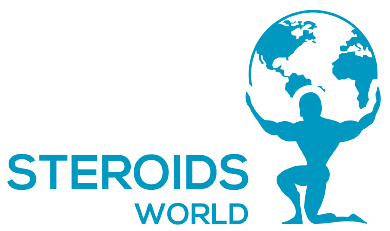Proviron half-life
Proviron is an oral androgen formulation that has only a little peripheral inhibitory effect and, as a result, has no restriction on testicular activity.
Proviron compensates for an androgen deficit that tends to decline progressively with age. As a result, Proviron is appropriate for the treatment of all diseases caused by a lack of endogenous androgen production. Proviron will not affect spermatogenesis at the indicated therapeutic dose. The liver tolerates Proviron particularly well.
METABOLISM
Mesterolone is promptly and nearly fully absorbed after oral administration in a dosage range of 10 – 100 mg. After 1.6 0.2 hours, Proviron produces maximal serum drug levels of 3.1 1.1 mg/ml. Following then, medication levels in the serum fall with a terminal half-life of 12-13 hours. Mesterolone binds to serum proteins 98 percent of the time. Binding to albumin contributes for 40% of the total, whereas binding to SHBG accounts for 58%.
Metabolism quickly deactivates mesterolone. The metabolic clearance rate from serum is 4.4 1.6 ml. min.1.kg1. The unaltered drug is not excreted by the kidneys. The major metabolite has been discovered as 1 – methyl-androsterone, which represents for 55 – 70% of renally excreted metabolites in compound form. The major metabolite glucuronide to sulphate ratio was around 12:1. A second metabolite, 1 – methyl-5 androstane-3, 17- diol, has been identified, accounting for approximately 3% of excreted by the kidneys removed metabolites.
There has been no evidence of metabolic conversion into estrogens or corticoids. Mesterolone is eliminated in the urine in approximately 85 percent of the dosage and the stools in approximately 14 percent of the dose as metabolites. Within 7 days, 93 percent of the dosage was recovered in excreta, with half of it expelled within 24 hours.
Mesterolone’s absolute absorption was found to be around 3% of the oral dosage. A daily dose of Proviron will result in a 30% rise in drug serum levels.

















